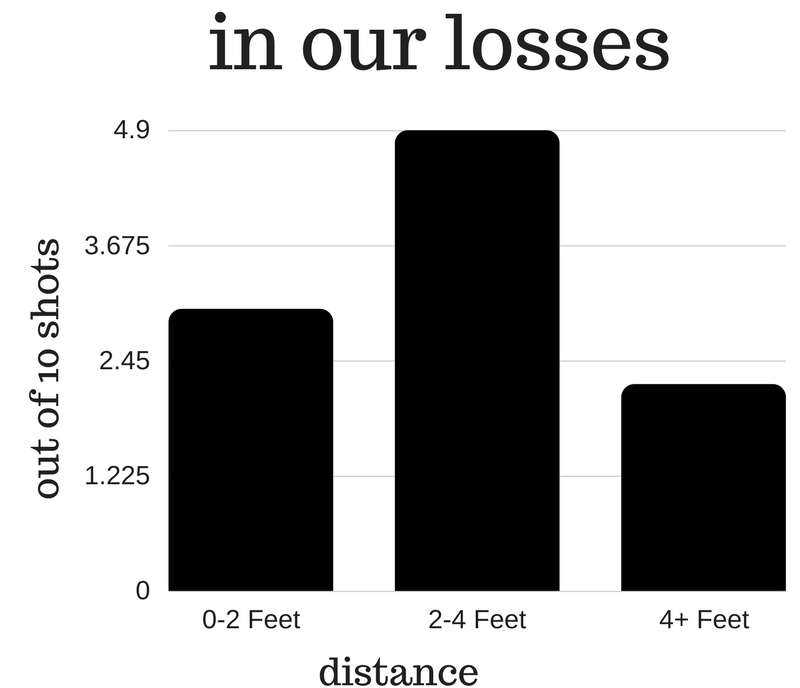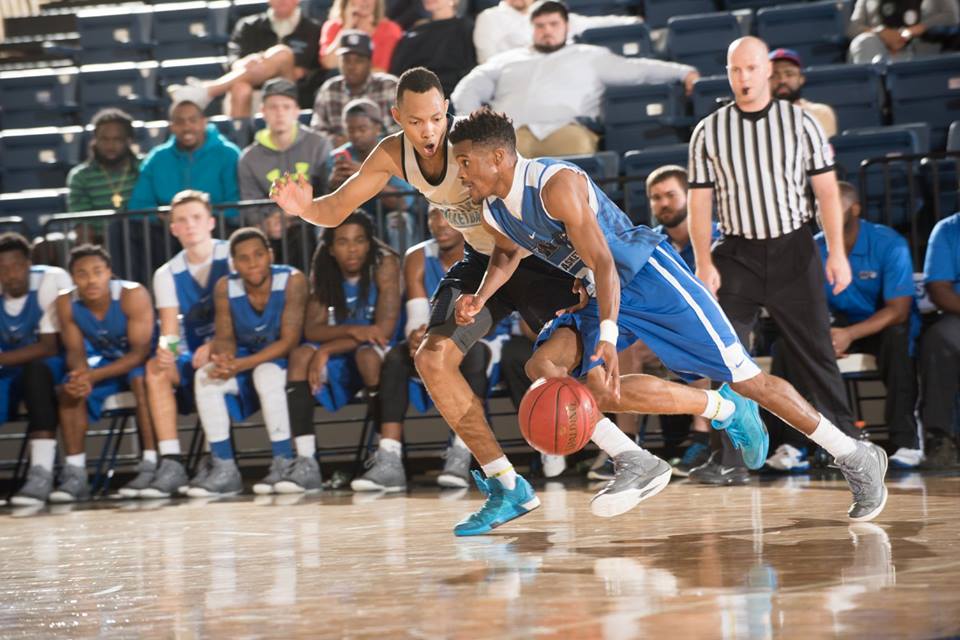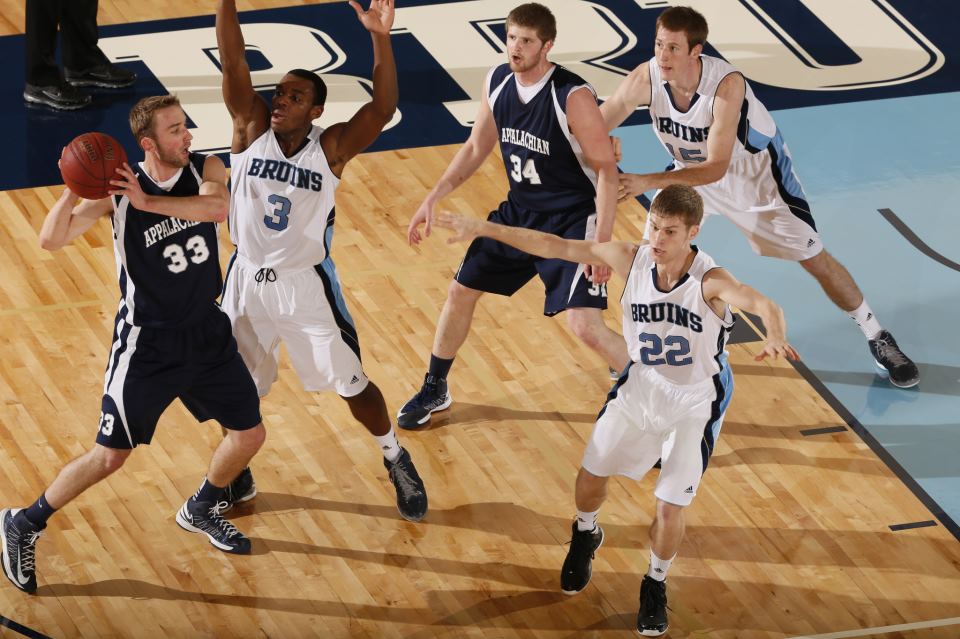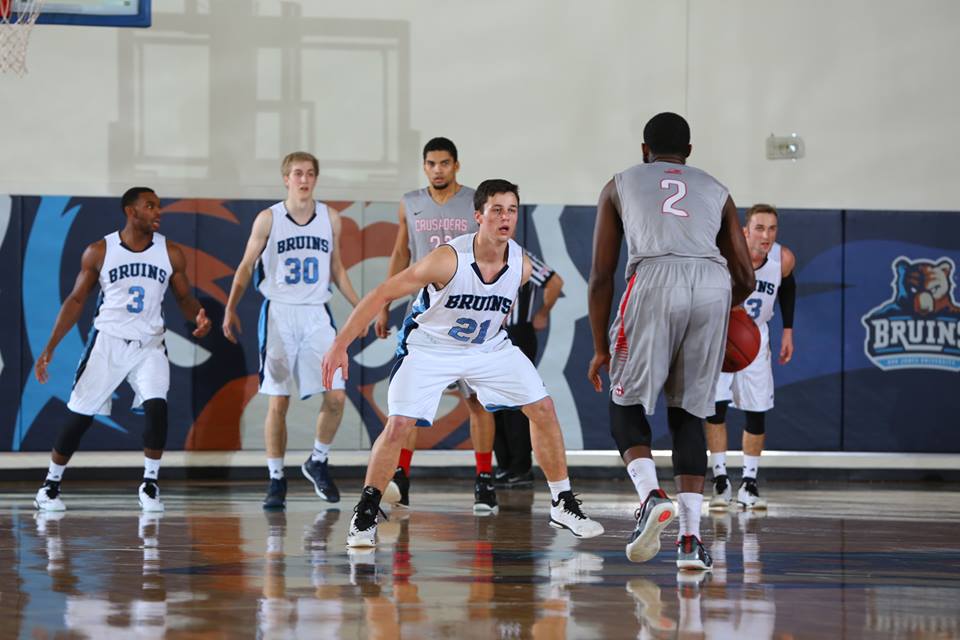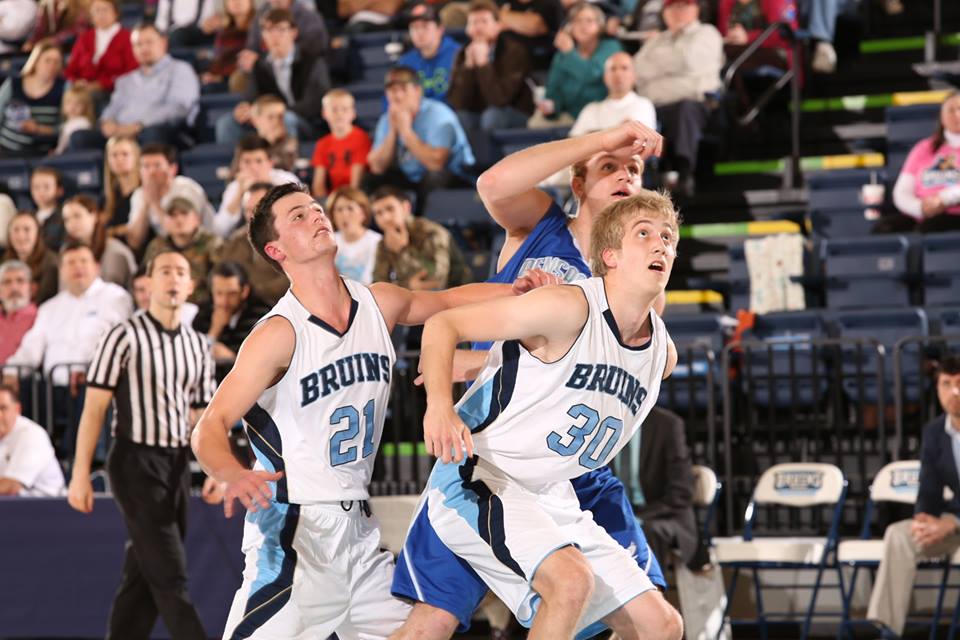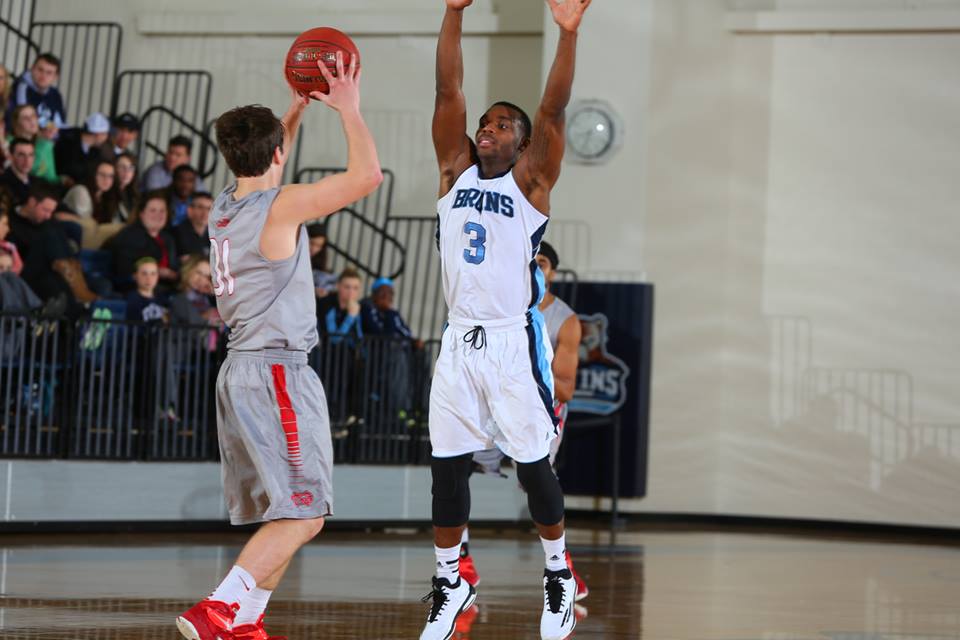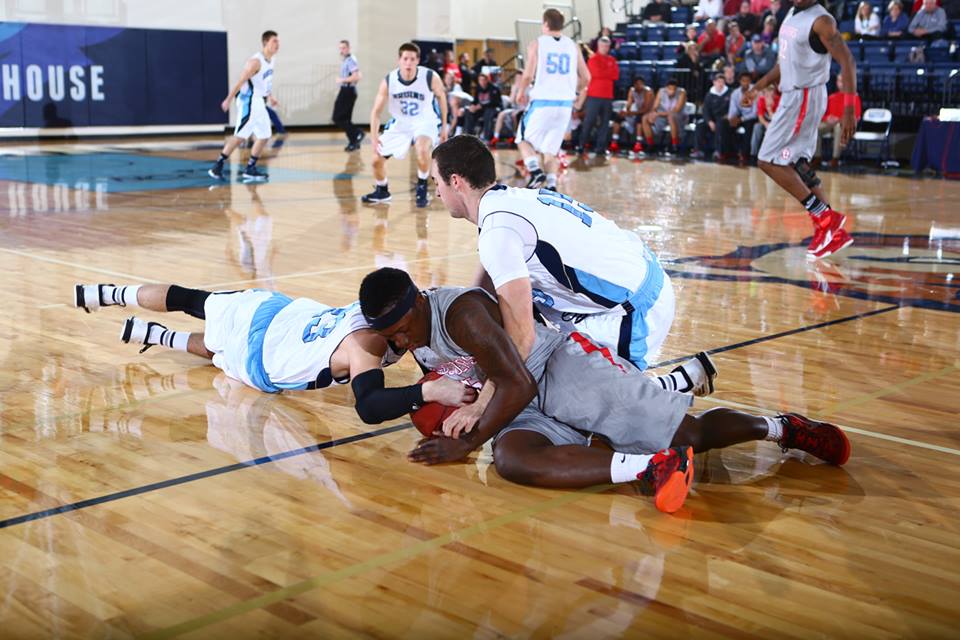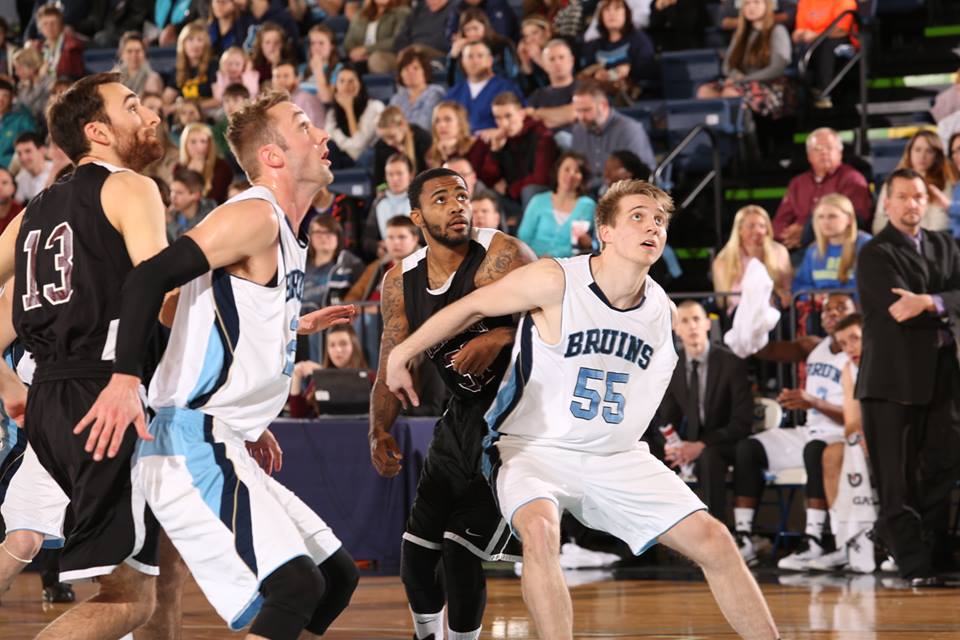The distance at which your team contests shots on the perimeter will directly impact your wins and losses. 10 of the top 25 defensive FG% teams in the NCAA made the tournament this year. One of those teams is Coach Eric Musselman's Nevada Wolf Pack, who first shared the importance of this analytic with me a few years ago. It's no secret that a low defensive FG% is necessary to consistently win games, but how can you ensure that you do just that?
In 2016-17, I began tracking the distance at which we closed out to shooters. (You can read more from that study here: Contesting Shots Matters & Here's Why.) Throughout that season, I became convinced there was a correlation between winning, losing, and how well we contested shots. So in the 2017-18 season as I took a new position at Bethel College in Indiana, I tracked this stat every game to see how it would hold up in a tough league.
The data below is over the span of our 33 games. There are two parts to this study that I'd like to share with you:
- The distance at which you contest a shot affects defensive FG%
- How often you contest a shot from each distance affects winning and losing.
First, the distance at which you contest a shot affects defensive FG%. There are three distances that I track: closely contested (0-2 feet), moderately contested (2-4 feet), not contested (4+ feet). This is slightly different from Coach Musselman, as he tracks four distances. Here are the overall statistics from this past season:
SEASON (Defensive FG%)
0-2 feet - 20.5% (67-327)
2-4 feet - 39.5% (161-408)
4+ feet - 51.8% (86-166)
Plain and simple, when our players closed out to the ball well, we had an incredible defensive FG%. When our players did not close out well, we gave up a lot of points. To conclude the first part of this study, I believe that it is obvious that the tighter a shot is contested, the lower the FG% becomes. This is why closeouts are extremely important and you should work on them often throughout the year. Have a plan and be really good at executing a simple closeout.
The second part of the study is the one that impacts winning and losing. It is that how often you contest a shot from each distance will directly affect your win/loss record. Here are the statistics from our wins and our losses this season:
WINS (Defensive FG%)
0-2 feet - 18.6% (45-241)
2-4 feet - 39.1% (105-268)
4+ feet - 53.7% (57-106)
LOSSES (Defensive FG%)
0-2 feet - 25.5% (22-86)
2-4 feet - 40.0% (56-140)
4+ feet - 48.3% (29-60)
While the defensive FG% remained fairly consistent in both wins and losses, the biggest difference is how often we contest shots from each distance. In our wins, every 4 out of 10 shots was contested within 0-2 feet, every 4.3 out of 10 shots was contested within 2-4 feet, and every 1.7 out of 10 shots was contested at 4+ feet (See charts above). Our closely and moderately contested shots were much more balanced, thus our closeouts were more consistent in our wins.
In our losses, only every 2.9 out of 10 shots was contested within 0-2 feet, every 4.9 out of 10 shots was contested within 2-4 feet, and every 2.2 out of 10 shots was contested within 4+ feet (See charts above). Our consistency and balance in our losses is much more out of sync than in our wins. Because of this, we struggled to keep points off the board. The graphs give a visual of the balance in consistency.
So while our defensive FG% remained consistent in wins and losses, the real difference was in our ability to closely contest shots more often. The margin is not huge, however, it is a crucial detail in the deciding factor of games. The difference between a win and a loss could be as little as 4-5 shots per game being contested just a foot tighter.
I hope the data in this study will help you realize the importance of closeouts and how the distance and rate in which we contest shots matters. If you have any questions or comments, I would love for you to reach out so I can talk with you more. I would also appreciate any feedback or other information to take into consideration for this.


